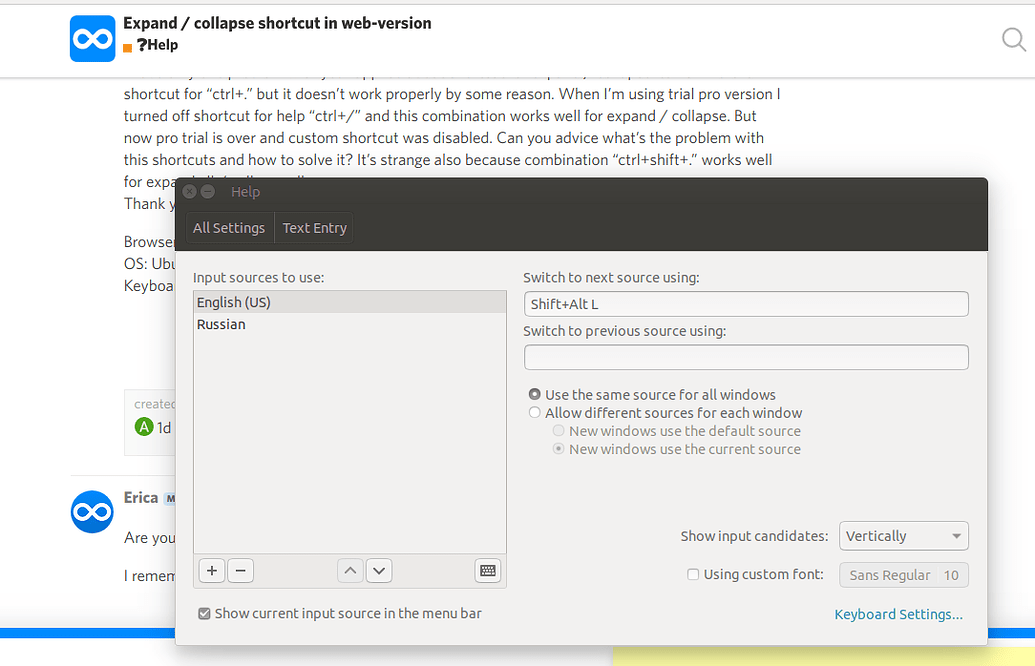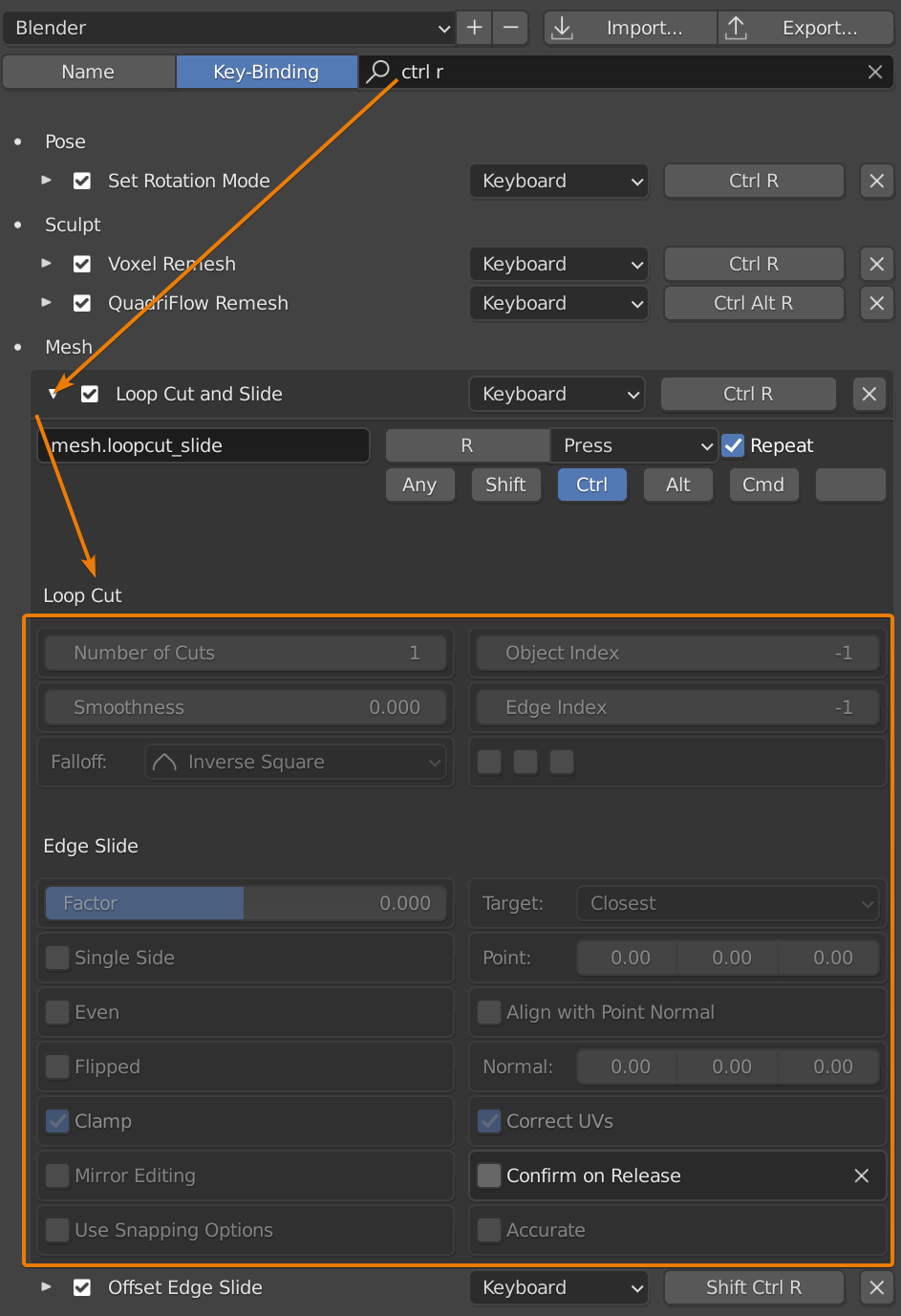

If you keep hitting a default shortcut accidentally, you can assign it to select nothing.Even better, you can undo and redo zooms. To zoom the entire project in or out horizontally to fit within the Track View, double-click with the magnifying glass in the top half of the time ruler. Holding down the right mouse button provides vertical zooming. This time, the zoom centres around where you clicked, not the Now time. Hover the cursor over the top half of the Track View time ruler, and the cursor turns into a magnifying glass hold down the left mouse button and drag down to zoom in horizontally, or up to zoom out. Other useful zooming procedures relate to the time ruler. Zoom With A ViewĪ common DAW function is zooming in and out, and Sonar has many options apart from clicking the ‘+’ and ‘-’ buttons next to the scroll bars - like the ‘spinner’ between these two buttons, which zooms in and out while keeping the view centred on the Now time. A mini-keyboard like Korg’s Nanokey 2 makes a cool remote - simply transpose it high enough (or low enough) to cover notes you don’t use in normal playing. (There are reports that you can’t assign all shortcuts to None, but if so, I haven’t reached that limit.) You can also export a custom shortcut set for later import.įinally, don’t overlook assigning shortcuts to MIDI keys. To find a function you want to control, narrow your search with the Area drop-down menu, then type the function’s name into the Search field.Ī few reserved shortcuts can’t be changed (like Space Bar, and shortcuts involving the Pause key) but anything else can be assigned, re-assigned, or disabled. If it displays as bold type in the left pane, then it’s already assigned to the function shown underneath the pane, but if not, it’s available for assignment. The sheer number of potential shortcuts can be daunting, but to find out what a particular key combination does, click on ‘Locate Key’ and type the key combination. Click on it, and in the left pane, click on the shortcut you want to disable. Then type ‘none’ in the Search field, and ‘Edit/Select/None’ appears in the right-hand pane. Personally, I like single-key shortcuts, but if you don’t, you can disable them: choose Edit / Preferences / Keyboard Shortcuts. Sonar’s keyboard shortcuts are extremely flexible - in fact, too flexible for those who hit the ‘O’ key accidentally, find themselves in envelope offset mode, and start adjusting faders as they normally do. If you work with two screens, you may want to keep track view in one and switch between the Console and other views in the other. (To undock a window, click on its tab and drag out of the dock.) To step through the tabs, hold down Alt+Ctrl and use the left/right arrow keys.įinally, you can undock the entire multidock. When you double-click on another MIDI clip, it will also dock but have its own tab.

However, if you dock the PRV, right-click on its dock tab, then choose Lock Contents, then that view will remain in the dock. For example, in the Piano Roll View, as you choose different MIDI tracks the PRV will show the currently selected track. Lock the contents of multiple views in the dock, and you can step through them without having to open and close windows.Also useful is the ability to ‘lock’ a docked window. The D shortcut is ideal for toggling between Console and Track views. However, two exceptionally helpful toggle shortcuts are D, which collapses or expands the dock, and Shift+D, which toggles between the dock taking up the entire track view or its previously selected height. For example, I often set it just high enough to leave the time ruler visible so it’s easy to navigate around a project. When expanded, the dock has a splitter bar at the top so the docked window doesn’t have to take up the entire track view. To dock a window, drag it into the Multidock or click on the button in a window’s upper-left corner and select ‘Dock in Multidock’.Ĭhoose a docked window by clicking on its tab the dock expands if it had been collapsed. You can dock anything, from views, like the Console, Piano Roll, and Step Sequencer to individual plug-ins and soft synths, each with their own tab. Compared to pre-X-series versions of Sonar, the Multidock (which can collapse to a thin strip) greatly reduces the need to open and close windows. If you learn some of these crucial shortcuts and design philosophies, you can accelerate your workflow even further. Sonar users frequently mention workflow as one of its best attributes, but there are sometimes multiple ways to accomplish similar tasks. Become a Sonar ninja with these time-saving tips.


 0 kommentar(er)
0 kommentar(er)
